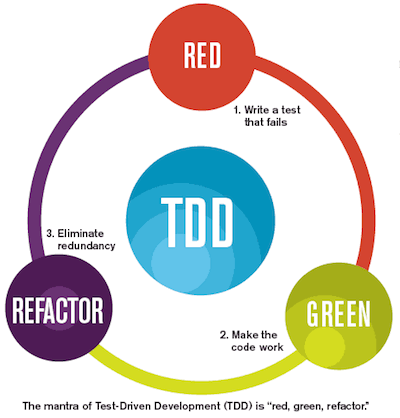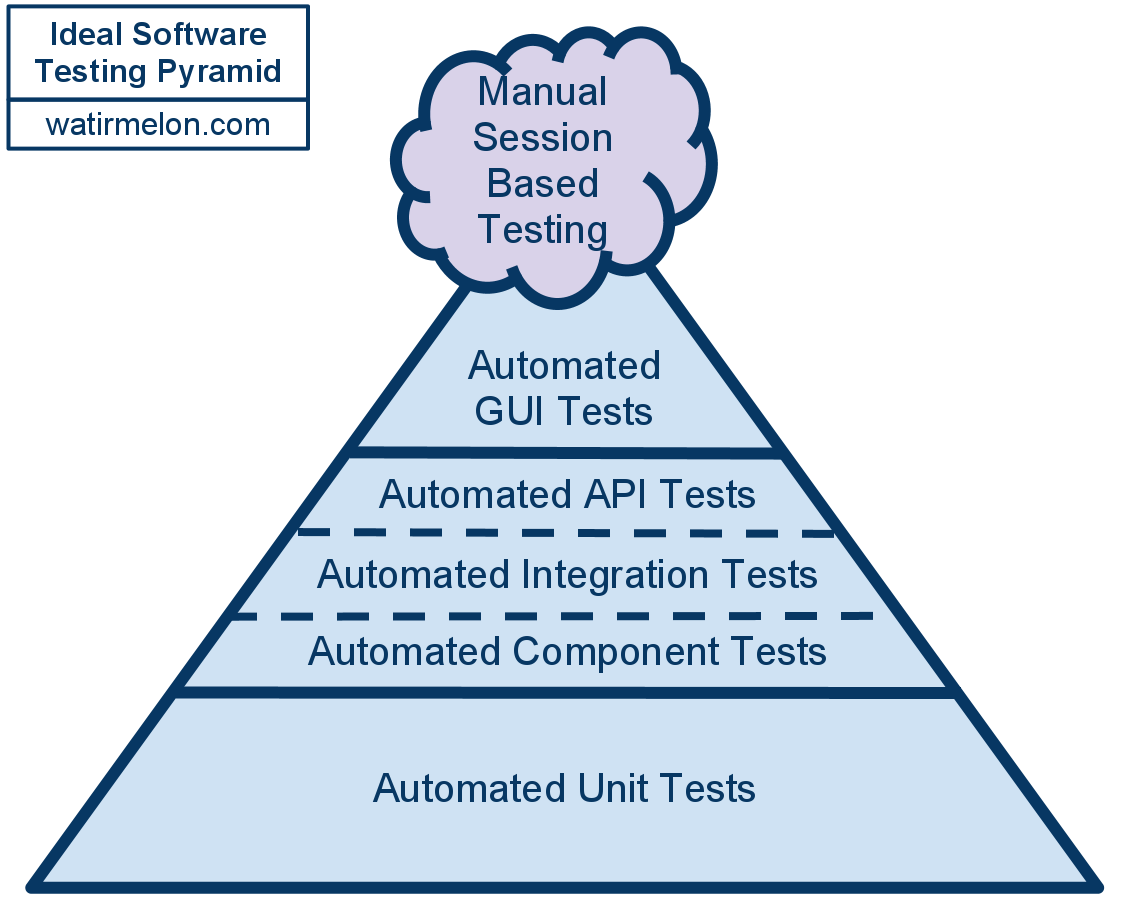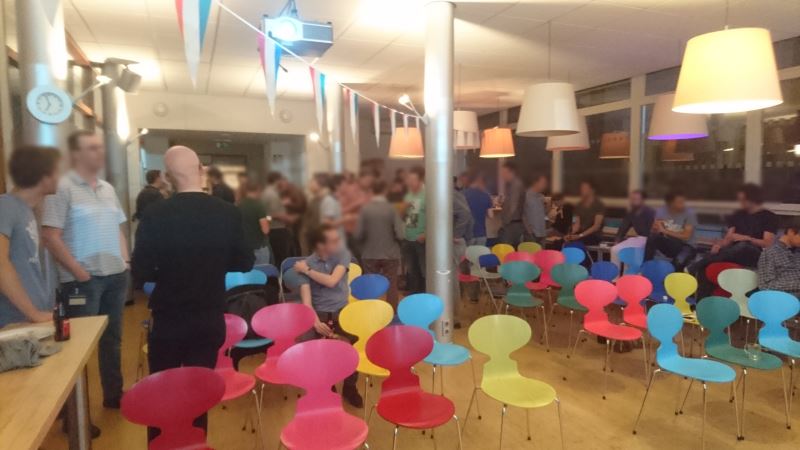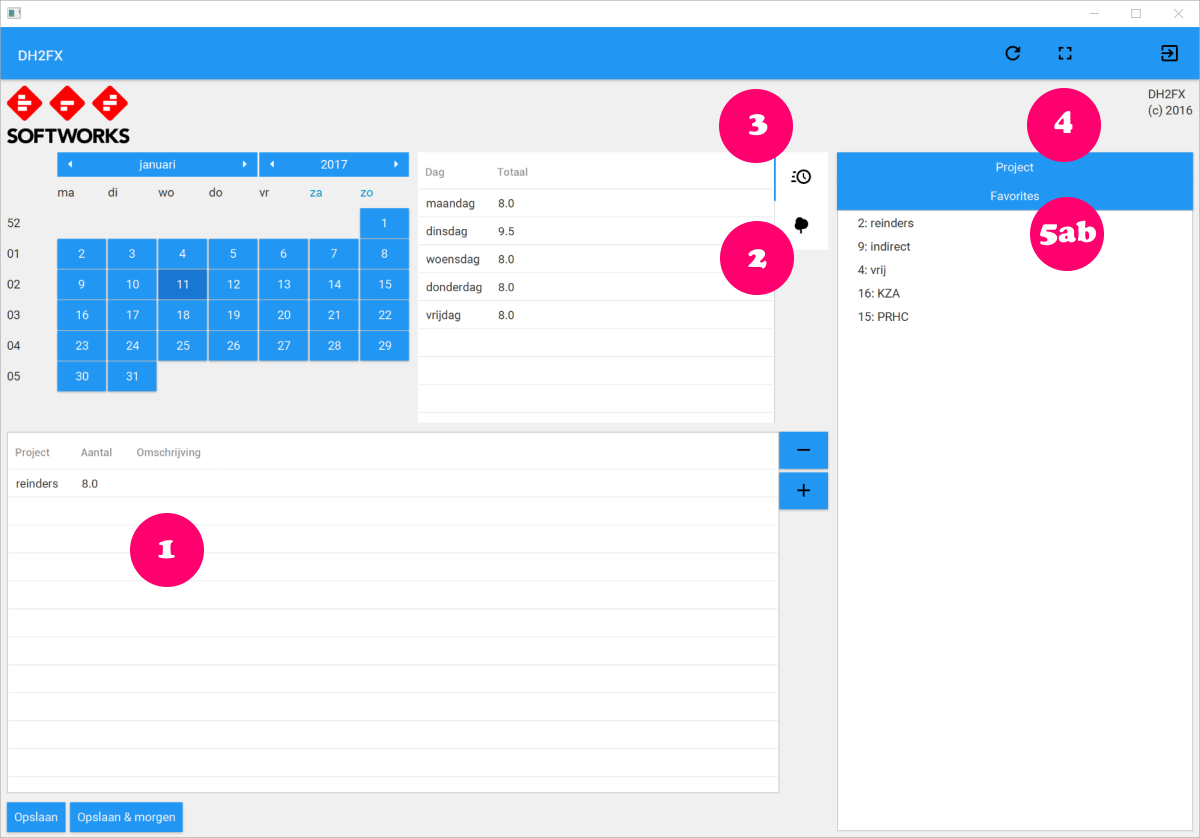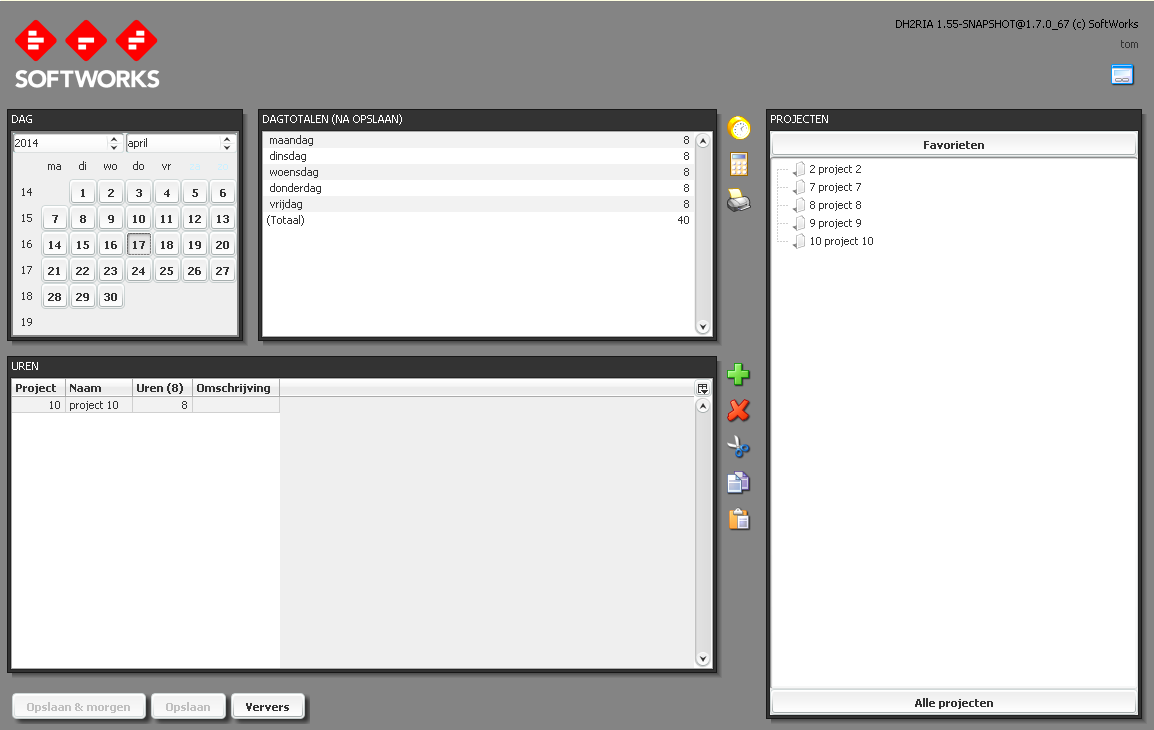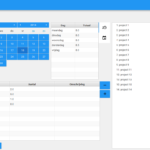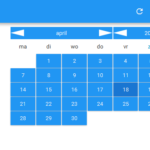Going electric, first drive
The ‘going electric’ will be different blogs from my usual beat. Not only because they will not be related (directly) to software development, but also because they are opinionated and personal reports; editorials about switching over to an electric car. They will list my personal joys and annoyances about the switch, but I’ll try to be fair and balanced.
Delivery
The delivery is fun with the unveiling process, where they remove an actual veil from the car. You get a quick run through of the basics, but since you also are a bit overwhelmed by the fact that you’re buying a new car, you follow suit. In retrospect, I would have liked a bit of time alone with the car, so I could inspect it, run my finger over all the gaps and see if they are ok. But they are definitely trying to get you on your way. “You really like to get going, don’t you?”… Hm, no, not really.

But after listening to YouTube for 2.5 years I have a pretty good idea on how to drive the car; looky there… that right pedal makes it move. And next to it is the stop thingy. I’ll be fine. But it actually is that simple. There is no need to light a fire anywhere, so no start button to press. But also no reassuring vrooooommm that the system works and is ready, and that is somewhat eerie; sit, press brake, push down the drive direction selector, press the pedal and off you go.


